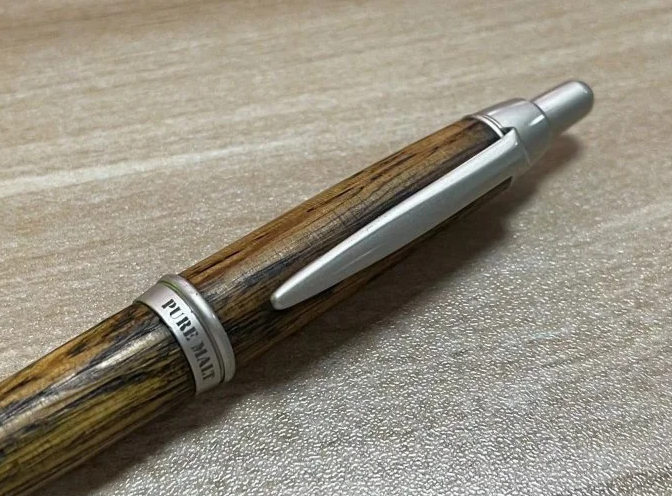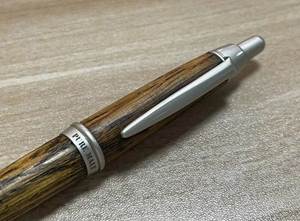
Pens inspection method Inspection and certification services for goods inspection and factory audits
The ballpoint pen, as one of the most widely used writing tools in daily life, its quality directly affects the smoothness of writing, the reliability of use, and the consumer experience. To ensure that the ballpoint pen products meet national quality standards and customer requirements, a full-process quality control system from the pen head, ink to the entire assembly must be established. This article, by combining the structural characteristics and production processes of the ballpoint pen, systematically introduces its classification, inspection items, inspection standards, and key points of factory inspection, providing professional guidelines for quality inspectors, purchasers, and manufacturers.
I. Classification and Quality Focus of Pencil Pens
(1) Classification by Ink Type
Water-based Pencil Pens (Ballpoint Pens): The pen tips are divided into cannonball style and needle tube style. They need to be tested for ink leakage and drying speed.
Oil-based ballpoint pen: The ink has a high viscosity. Key aspects to be evaluated include writing length and temperature resistance.
Neutral ballpoint pen: It lies between water-based and oil-based types. It needs to balance both fluidity and durability.
(2) Classification by Structure and Grade
Single-use ballpoint pens: The pen body and ink cartridge are integrated. Ensure the ink capacity and sealing performance.
Replaceable-core ballpoint pen: The assembly structure needs to test the flexibility of the core mechanism and the compatibility of the pen core.
Grade classification:
Premium: Metal pen barrel, decorated with craftsmanship treatment
Intermediate level: Some metal or high-quality plastic parts
Grade 1: Fully plastic structure, with basic functions as the main focus.
II. Inspection Standards and Basis for Goods Inspection
(1) Main Standards and Specifications
QB/T 1023–2007 Industry Standard for Ballpoint Pens (replacing the original light industry standard)
GB 21027–2020 General Safety Requirements for School Supplies (Applicable to School Pens)
ISO 12757–2016 Standard for Ballpoint Pens and Pen Cartridges (International Standard)
Enterprise technical agreement and special requirements of purchase orders (such as additional standards stipulated by the brand manufacturer)
(2) Key Points of Factory Audit
Quality Management System
Does it have ISO 9001 quality system certification? Does the IQC (incoming material inspection) cover key materials such as nibs, inks, and plastic particles?
Whether there are inspection reports for the hardness and roundness of the pen ball bearings, as well as the qualification records of the suppliers.
Production process control
Is there SPC statistical process control for the assembly accuracy of the pen and the ball?
Whether the ink filling volume control and the sealing test records of the pen cartridges are complete
Product safety and environmental protection
Have the pen shafts and inks undergone chemical safety tests such as REACH and EN71-3?
Does the student's writing pen have an air circulation safety design with a cap (to prevent the risk of suffocation)?
III. Finished Product Inspection Items and Methods
1. Writing Performance Test
Initial Writing: Scratch length ≥ 100 meters (oil-based) or ≥ 300 meters (water-based), no broken lines or paper scraping
Ink discharge uniformity: Continuous writing without ink interruption, oil leakage or ink accumulation.
Drying speed: After writing, a light wipe within 3 seconds results in no blurring (in accordance with ISO 14145-2)
2. Pen head and ball bearing quality
Ball bearing fixation: No detachment occurs when a specified pulling force is applied (≥ 10N)
Ball diameter tolerance: Commonly 0.5mm, 0.7mm, 1.0mm. Allowable tolerance ±0.01mm
Pen wear resistance: After simulating a certain length of writing, the wear of the ball bearings does not exceed the limit.
3. Appearance and Assembly Quality
Pen barrel and pen cap: No shrinkage, frayed edges, scratches, and the printing is clear with no color difference.
Assembly structure: The pen core and pen body are properly fitted together, without any looseness or tightness.
Functional mechanism: The core extraction mechanisms such as pressing, rotating, and sliding are flexible and reliable.
4. Environmental Adaptability Test
High and Low Temperature Test: The writing function is normal in the temperature range of -10℃ to 40℃.
Pressure resistance test: Under transportation packaging conditions, the pen body shows no cracks and the pen refill has no ink leakage.
IV. Sampling Plan and Decision Rules
Sampling standard: According to GB/T 2828.1, the general inspection level II is selected. The AQL value is set as:
Critical Defect: 0 (such as pen tip falling off, inability to produce ink)
Major Defects: 1.5 (such as broken writing lines, malfunction of the core extraction mechanism)
Minor Defects: 4.0 (such as minor scratches, incorrect packaging labels)
Defect Classification Example:
Serious defects: Oil leakage causing pollution, sharp edges that can hurt people
Main defects: The ball bearings do not rotate smoothly and the pen clip has broken.
Minor defects: Color difference, misalignment of labels
Quality inspection result: It is expressed in terms of the number of defective products per hundred units of the product. Both Class A and Class B must meet the standards simultaneously to be judged as qualified.
V. Packaging and Labeling Requirements
Sales Packaging
Each pen is individually sealed or packaged in a card case, with a pen cap to prevent the ink from drying out.
The color box indicates the pen refill specifications, ink color, compliance standards, and age-appropriate warnings.
Transport packaging
The outer box should have labels indicating "anti-pressure" and "anti-humidity", and the stacking limit should be clearly specified.
The exported products must be affixed with the origin label and the relevant certification marks such as CE/LFGB (if applicable)
Documents and Traceability
For each batch of products, a certificate of conformity, a report on pen core specifications, and a chemical safety test report (SGS/CTI) must be provided.
The production batch number can be traced back to the ink batch, the pen tip supplier and the assembly team.
VI. Common Quality Issues and Improvement Suggestions
Typical defects: Ink accumulation at the tip of the pen, writing interruption, insufficient elasticity of the pen cap, evaporation and drying of the pen core
Process control points: It is recommended to set up CTQ control points at positions such as ink injection, pen tip bead pressing, and pen cap airtightness.
Factory inspection improvement direction: Introduce automated testing equipment for writing performance, and establish process capability monitoring for key dimensions (CPK)
Summary
Although ballpoint pens are common office supplies, their quality consistency depends on precise manufacturing and strict inspection. Through systematic factory audits and shipment inspections, combined with multiple tests such as writing performance, assembly quality, safety and environmental protection, the product qualification rate and market satisfaction can be significantly improved. It is recommended that purchasers conduct pre-production sample confirmation, carry out mid-production inspections, and conduct third-party testing on high-risk components (such as pen tips and ink) to ensure that the products meet the standards of the writing tool industry and the safety requirements of users.
Share this product

Pens inspection method Inspection and certification services for goods
Pens with ballpoints are the most commonly used writing tools in daily life. Their quality directly affects the smoothness of writing and the reliability of use
